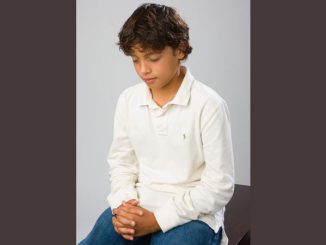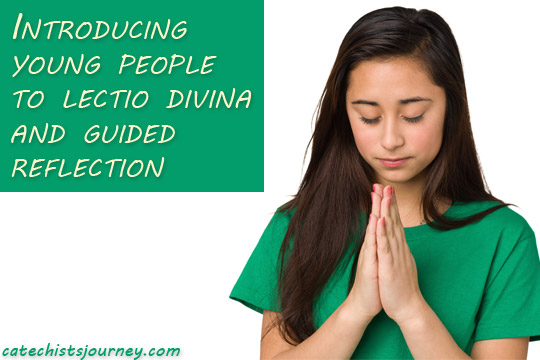
Several of my students experienced a “light-bulb moment” in our recent discussion of the Trinity. So often we sow seeds never to see whether they take root, much less grow; seeing faces light up in understanding is always a fun moment.
Our guiding text for the day was Finding God, Grade 7, Chapter 1. Even though this is the first chapter in the text, I usually skip over it until we’ve been in class together for several months. After all, the concept of the Trinity is a difficult one to understand. I like to wait and hold off on discussing the Trinity until after we’ve covered some of the easier access points about the life of Christ.
I started the session telling the young people that we were going to solve a mystery and then presented a two-minute mystery which was rather easy to solve, provided the “detectives” had been paying attention. After we solved the mystery, I told them that we also have mysteries of faith, but they aren’t the type detectives can solve. One of the mysteries of faith is the Trinity.
I drew on the board a shamrock and a triangle, both symbols that help us to talk about the idea of Three Persons in one God. Then I asked how many of the young people had siblings, and most of them raised their hands, so I wrote “sibling” on the board. Then I asked what relationship they were to their parents and wrote “child” after the correct response. Next I asked whether they thought they might have children of their own someday and wrote “parent” on the list. I pointed out that each of the young people is one person, but in different kinds of relationships and with different ways of relating to others. That’s when I saw the light bulbs go on for several of the young people: they began to see the Trinity as the relationship among Three Persons—Father, Son, and Holy Spirit.
That was the high point of the class, but we proceeded to talk more about the Trinity through the aid of the textbook and Art Print of Andrei Rublev’s Holy Trinity icon. Our discussion included talk of monotheistic and polytheistic religions. The students knew those terms from their history classes but needed some help listing the three major monotheistic religions.
Our extended prayer for the session was a reflection on the Sign of the Cross that invited the young people to recognize it as a prayer itself, not only as an introduction or closing to other prayers. By slowly tracing crosses on our foreheads, chests, and shoulders, we used movement in a simple way in prayer, which was good for kinesthetic learners.
The young people didn’t walk out of the class as scholars on the Trinity, but that was never the intention. Rather, they left with a better understanding of the relationship of Father, Son, and Holy Spirit, which was the goal of the session.
How have you conveyed the mysteries of faith to the young people in your group? Have you witnessed a light-bulb moment for your students?





Be the first to comment